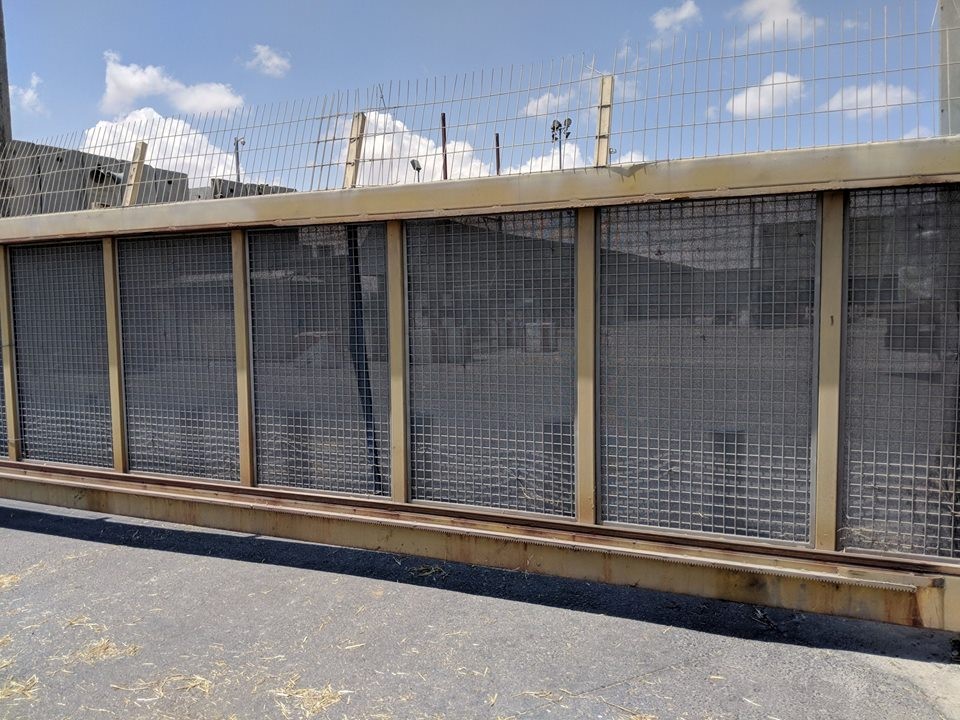In the last year alone, numerous events took place in Gaza, and in the region more broadly, that contributed to a significant deterioration in the economic and humanitarian situation in the Gaza Strip.
Israel tightened restrictions on movement and imposed punitive closures; reconciliation attempts between Hamas and the Palestinian Authority faltered, causing the PA to carry out further economic sanctions and withdraw staff from Kerem Shalom and Rafah crossings; the United States cut funding to UNRWA and USAID; and hundreds were killed and thousands injured by Israeli forces in the Great March of Return protests, straining an already depleted health sector.
The unemployment rate rose to 52% in 2018, one of the highest rates globally, and reached nearly 70% among young people. According to a recent report published by Gisha – Legal Center for the Freedom of Movement – “Combined, these events resulted in a pervasive sense of hopelessness, evidenced by reported rising rates of suicide and attempts at emigration.”
In light of worsening living conditions, pressure on Israel and Egypt to stabilize the situation led to some changes in policy and practice. Travel for individuals in certain categories increased via Erez Crossing compared to 2017 and Rafah Crossing, between Gaza and Egypt, which had been mostly closed since 2014, was opened in May and operated five days per week, if not more, through the end of the year. Salah a-Din gate, near Rafah, began operating for entrance of goods to Gaza in February.
Overall, sweeping and indiscriminate restrictions on travel and on movement of goods between Gaza and the West Bank and Israel remained in place throughout 2018, and movement via Egypt remained limited. Criteria for travel of people via Israel remained restricted to mostly humanitarian cases and despite some improvement when compared with 2017, rates of movement and access remained a fraction of pre-2007 levels.
Download Gisha’s report (PDF) – Gaza Access and Movement: 2018 Summary



